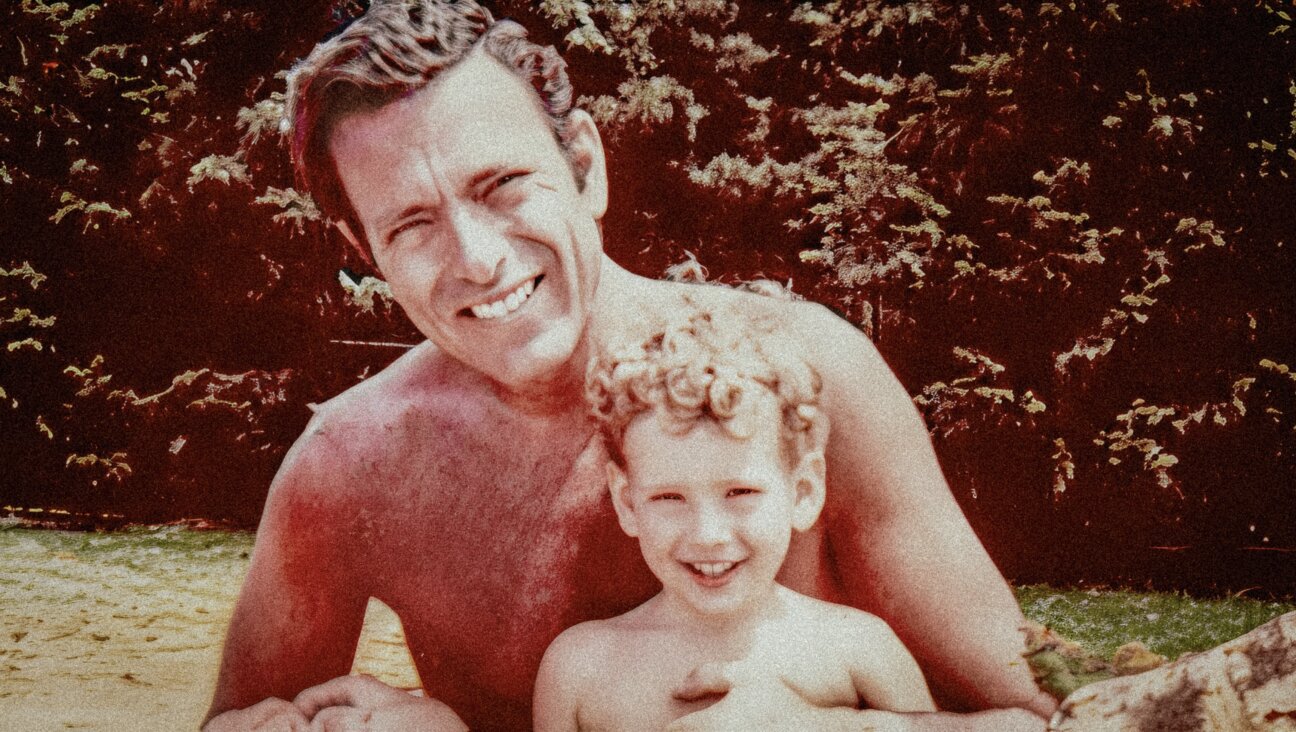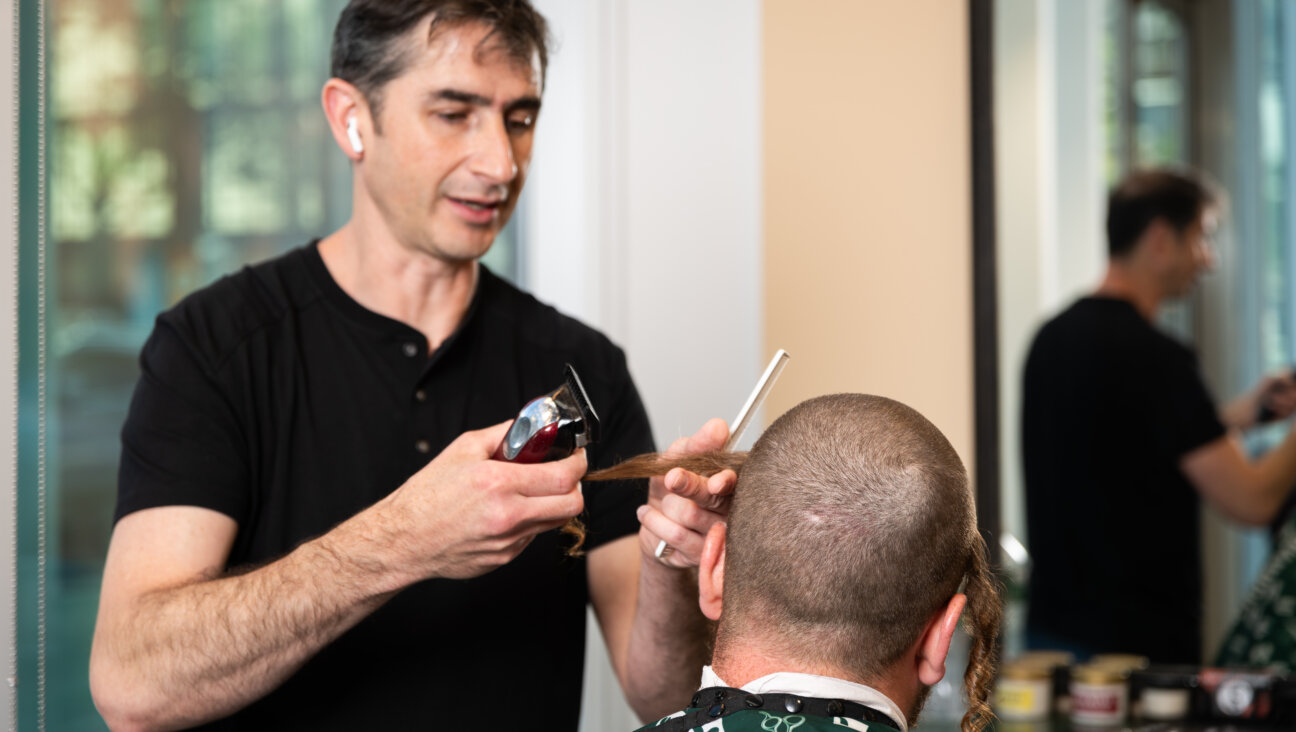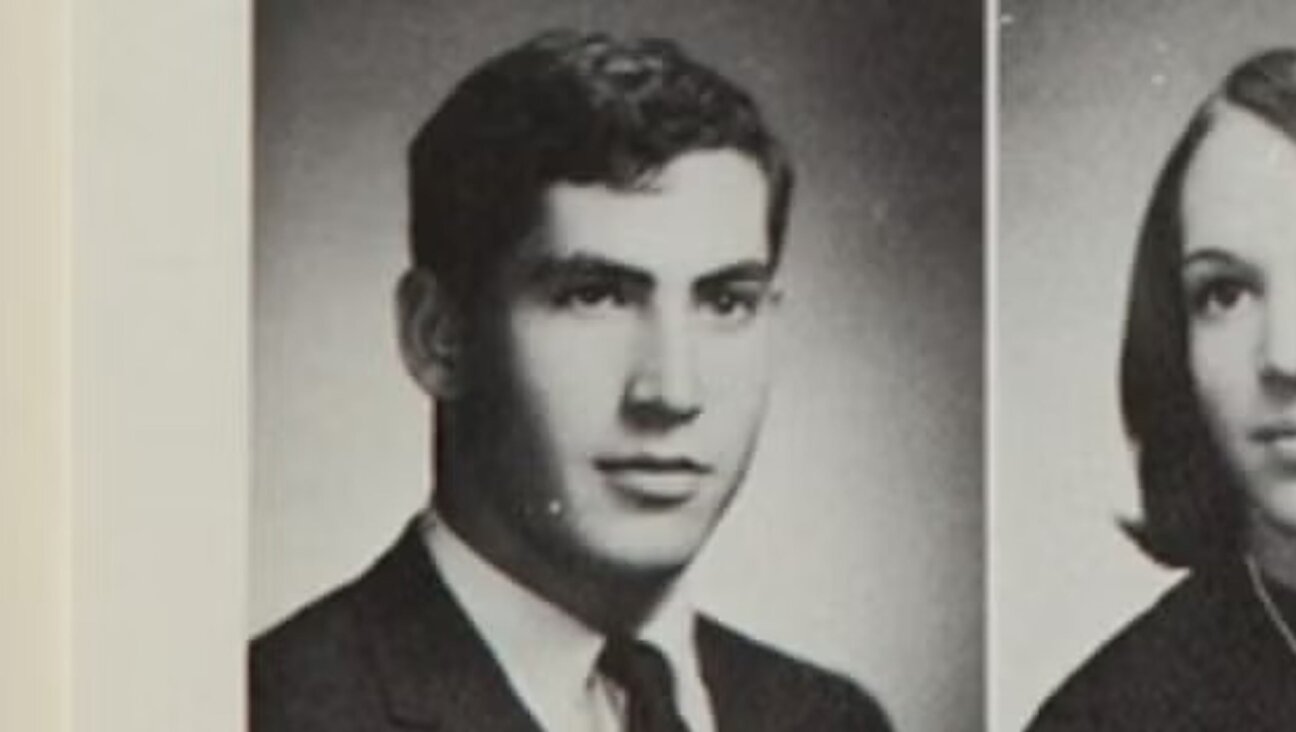Persian Jewish Testing To Expand in N.Y., Though Reluctance Remains a Concern in L.A.
The husband and wife who met with Catherine Quindipan did not expect the news. A community screening program among Persian Jews had revealed that they both were genetic carriers of a condition called hereditary inclusion body myopathy (HIBM), a muscle-wasting disease that starts in early adulthood.
“They were absolutely shocked,” said Quindipan, a genetic counselor at Cedars-Sinai Medical Center in Los Angeles. “Anxiety and shock were their primary reaction, followed by fear and guilt that their children could be affected.” The pair has three school-aged children and, Quindipan recalls, one of their main concerns was: Should we test our kids?
The couple are among 1,000 Persian Jews from the greater L.A. area who, from July to October 2009, participated in a free pilot program. Modeled after efforts in the Ashkenazi Jewish community, in which prenatal testing for Tay-Sachs effectively eradicated the disease, the new program tested people for four recessive diseases that are found at elevated frequencies among Jews from present-day Iran. Until the 1979 Islamic Revolution, this community was largely isolated from the rest of the Diaspora, and the high rate of in-marriage led to a unique set of hereditary conditions.
Of the 1,000 participants, 288 individuals learned that they carried a disease-causing mutation for at least one of the four diseases tested. Ten couples, including the husband and wife who tested as carriers for HIBM, discovered that that they shared a common genetic defect. All of these people were healthy. But if a couple with the same mutation has a child, there’s a one-in-four chance that the offspring will be affected by the disease. As such, learning one’s genetic status early can help people weigh their reproductive options.
Unfortunately, family planning was no longer an option for the couple with the HIBM mutations. They told Quindipan they wanted to test their children for the disease, but she advised against it, suggesting that the couple let their offspring choose for themselves after they turn 18.
Through the program, another 10 people also discovered that they had two mutations for the same gene, meaning that they themselves suffered from one of the four genetic diseases tested. Fortunately, three of the conditions — all characterized by defective hormones or enzymes — are manageable by diet, lifestyle or drug interventions. But one young woman found out through the community screen that she had two mutant copies of the gene for HIBM, which has no proven treatments.
Although the woman had not developed symptoms, according to Dr. David Rimoin, director of the Cedars-Sinai medical genetics unit, who spearheaded the screening program, she started seeing a physician specializing in neuromuscular diseases and a physical therapist. “It was difficult for her” after the testing revealed her diagnosis, he said. “But she’s probably doing better now.”
Since publishing the results of the pilot program last October in the journal Genetics in Medicine, Rimoin has been seeking donors to support a similar program across college campuses around L.A. At the same time, he is partnering with Dr. Robert Desnick, dean of genetics and genomic sciences at Mount Sinai Medical Center in New York, to launch a parallel genetic screening program for Long Island’s Persian Jewish community.
“We have plans to offer testing,” said Desnick, who has been involved in many Ashkenazi Jewish community screenings in the New York area. On top of the four disorders tested in Rimoin’s pilot program, “we plan to screen for several additional diseases that are prevalent in the Persian Jewish community,” he noted.
There is a Persian Jewish community of about 15,000 people in New York State, primarily clustered around Great Neck. This group has a large contingent from Mashhad, a city in northeastern Iran. The 50,000-plus Persian Jews around L.A. are predominately from Tehran.
Desnick is working with the New York-based Sephardic Health Organization for Referral and Education (SHORE) to build community awareness about screening and to get approval to begin offering testing. “The community is eager to initiate screening,” Desnick said.
However, judging by the effort’s pilot phase, getting participation might not be easy.
Rimoin expressed surprise and disappointment at the community’s lack of interest in pursing further testing and intervention. “The main [difficulty] is the reticence of the Persian Jewish population,” he explained. “They are worried about stigmatization for their children, especially in terms of marriageability.”
Given the potential health benefit of early and wide testing, Rimoin hopes attitudes will start to change. “We have proven the concept,” he said. “Now it’s up to the community to take advantage of it.”
Contact Neda Afsarmanesh at [email protected]



















